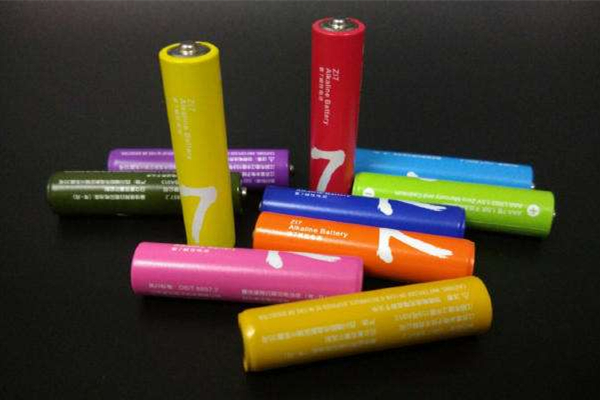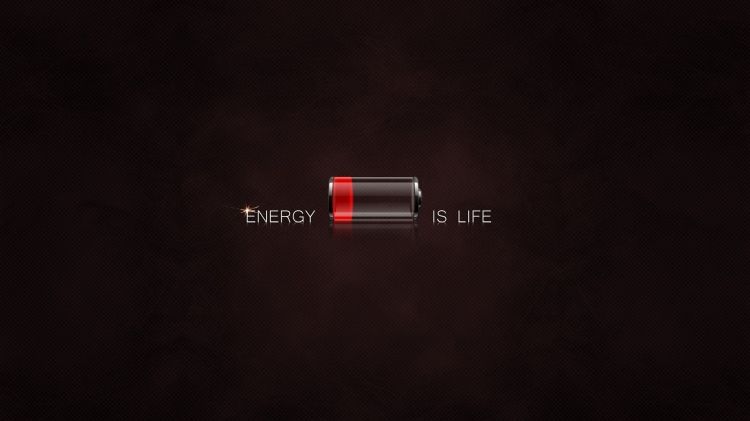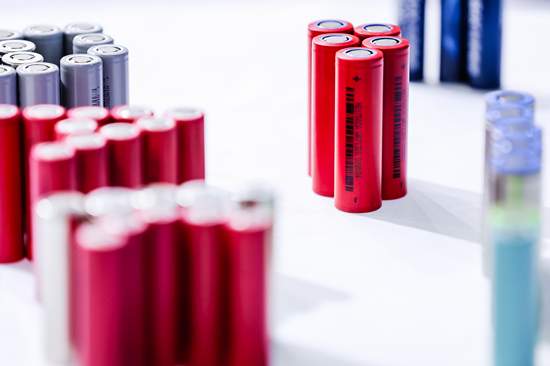Introduction of Li-ion Battery Sizes
Jul 02, 2019 Pageview:1192
Lithium batteries are popular in many consumer electronic products. They are equally in manufacturing, corporations, and institutions all over the world. Lithium batteries offer a long life of usage ranges between eight and ten years on the overage. They have been around since1980s.
lithium ion battery in all sizes
Lithium batteries come in varies sizes, and they come in voltages of either 3 volts or 6 volts. And they are popularly used in digital cameras, flashlights, today's personal computers and memory back up. The quality of these cells is somewhat inferior, but the price, of course.
Primary lithium batteries
These lithium batteries are 3.6 volts. They come in sizes either ? AA, 2/3 AA, AA, C or D., and different milliampere hour rating. The higher the score, the longer the life the battery will run. Backup power for circuit board, camera, medical equipment, military, the telecommunication industry, water, and led devices.
CR1450SE 3 volt lithium battery
They have pins and connectors. Also, they offer long-lasting performance, extremely safe cells, and provide low self-discharge.
CR 1/3N Lithium battery
It is a cell that rate at 160 milliamperes per hour. It has a long shelf life and retains its charge exceptionally well. Mainly used in cameras and toys, electronic dog collars, steno pens, and other devices. At MEGAbatteries.com you can get them in singles and lots of 4, 8, 10, 12, 16, 24, 25, and 50. CR1/3N lithium cells measure 11.6mm in diameter by 10.6mm in height.
AA lithium cells are 1.5 volts batteries and are non-rechargeable. Lithium is a high power battery, and it outperforms standard AA Alkaline because they generally last longer.
AAA Lithium battery
AAA lithium cells are alternatives to the non-rechargeable AAA alkaline battery. Also, they usually deliver between 1.5V-3.7V and majorly used heavily in many consumer electronic devices today. They have a long life and are disposable.
9-volt lithium battery
Have a high power, non-rechargeable batteries that offer a long shelf life and portable. The lithium battery is one outstanding chemistry.
The 28L / PX28L 6 Volt lithium battery
A 6-volt non-rechargeable cell and mainly suitable and accessible choice for use in digital cameras as well as electronic dog collars and electric fences make use of them. They have excellent performance and long life. Here is a list of compatible model numbers for the 28L / PX28L volt lithium batteries: 28A, PX28, PX28A, 4G13, 4LR44, KS28, V28PX, 1406SOP, L544, A544, V34PX, 28PXL.2CR1/3N, 1414A, 1406LC, and 2CR11108. At MEGAbatteries .com they are offered in singles.
lithium ion battery cross reference for all types
Lithium is the lightest metal. It has the most significant electrochemical potential and provides the most abundant energy density for weight. Because of the instability of lithium metal, while charging, research shifted to a non-metallic lithium battery using lithium ions.
Typically the energy density of lithium-ion is twice that of the standard nickel cadmium. The load characteristics are reasonably excellent and behave similarly to nickel-cadmium in terms of discharge. Lithium-ion is a low maintenance battery, a trait that any other type cannot claim. There is no memory and no cycling period required to prolong the battery life. Besides, the self-discharge is less compared to nickel cadmium, also making lithium-ion well suited for modern fuel gauge applications. Lithium-ion cells cause little harm when appropriately cycled
Despite its overall right side of using a lithium-ion battery, lithium-ion has its disadvantages. It is fragile, and it requires a protection circuit to enhance its safe operation. The built into the pack, the protection circuit limits the peak voltage of each cell during charge and thus preventing the cell voltage from dropping too low on discharge. Besides, the cell temperature is monitored to avoid extreme temperatures. The highest charge and discharge current on most packs are limited to between 1C and 2C to eliminate metallic lithium plating occurring due to overheating.
Aging is also a primary concern with most lithium-ion batteries, and many manufacturers remain silent about it. Capacity deterioration is after one year, whether in use or not. They usually fail after two to three years. Other types also have age-related degeneration effects. Generally, valid for nickel metal hydride if exposed to high temperatures.
The best lithium-ion battery in terms of budget-friendly to energy ratio is the cylindrical 18650. This cell is mainly for mobile computing and other applications that do not demand ultra-thin geometry. Here are some of the advantages for you to consider when cross-referencing Lithium-ion to different types:
-High energy density – has a higher potential capacity.
-Does not require regular charge when new.
-Relatively less self-discharge.
-Low maintenance, as no periodic discharge, is needed.
-Usually common in high current applications, such as power tools.
the standard lithium ion battery sizes aren't always standard
Lithium ions rechargeable cells have been accessible in many devices. Like AAA, AA, C, AND D alkaline primary cells, we use them day to day in flashlights, toys, toys, and radios. 18650 is used everywhere in rechargeable applications. Which ranges from electric vehicles to power tools, laptops, to personal electronics, and medical devices.
Why are 18650 popularly used? The main reason is standardization. What has not changed is the size of the cell. The 18650 battery is 18mm in diameter and 65mm tall hence its name 18650. But even though they are standardized, many alternative cell designs have not achieved the same popularity. If the cell size never becomes widespread, it is hardly called standard. Also, as more applications are using 18650 cells, have become the most popular sizes of batteries. When the cells are commonly accessible, many cell manufacturers will offer this size. It enhances competition in terms of cost, and a variety of sources with a wide span of product quality become available. They are considering each price, delivery, and performance of their cell in the application. Eighteen thousand six hundred fifty batteries are always 18mm wide by 65mm tall; not all 18650 cells are 65mm tall. Some have a protection circuit. This protection circuit adds millimeters to the length of the cell. They are making it taller than the normal.
However, some 18650 cells contain protection circuits, which increase the length of the cell and could make them too large for the intended application. So, make sure you check dimensions of the battery before you select it for your design.
- Prev Article: The Safety Performance of 18650 Battery
- Next Article: Lithium Battery Shipping Regulations 2019
Leave Message
Hottest Categories
-
Hottest Industry News
-
Latest Industry News














